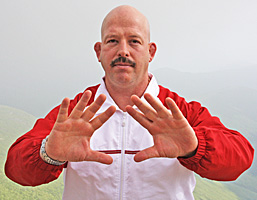One of the most misleading words in self-development is the term “visualization.” It implies that you use your internal sense of sight with your eyes closed.
But truly effective visualization is not purely visual and it is not necessary to close your eyes to make it work.
Consider the star basketball player at the free-throw line during the final seconds of a championship game. He must make the shots in order for his team to win.
Does the player close his eyes and visualize when he’s at the line? No, but he does see and feel the ball going through the hoop before he shoots it. He may also hear the swoosh sound.
Key point: Without the accompanying sense of emotion or FEEL, visualization does NOT work.
Yes, you see what you want in your mind’s eye, but you must also FEEL it to get results. After you have the FEEL, you work on adding the sound effects. And beyond that, you can figure out how to include taste and smell.
The first order of business though, is always to “imagine and feel.” Imagine what you want to see. Imagine what you want to feel. And imagine what you want to hear.
Although imagination is a much better word than visualization, we do have to use both when explaining the success process.
Just keep in mind that whenever you are visualizing effectively, you are tapping into the power of three words: Imagine and Feel.
Here endeth the lesson.
Matt Furey

